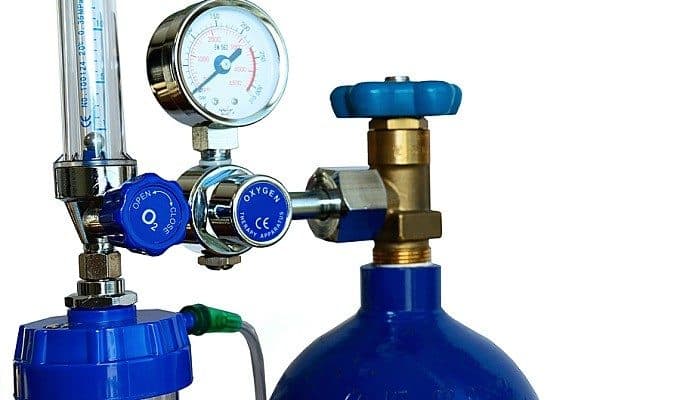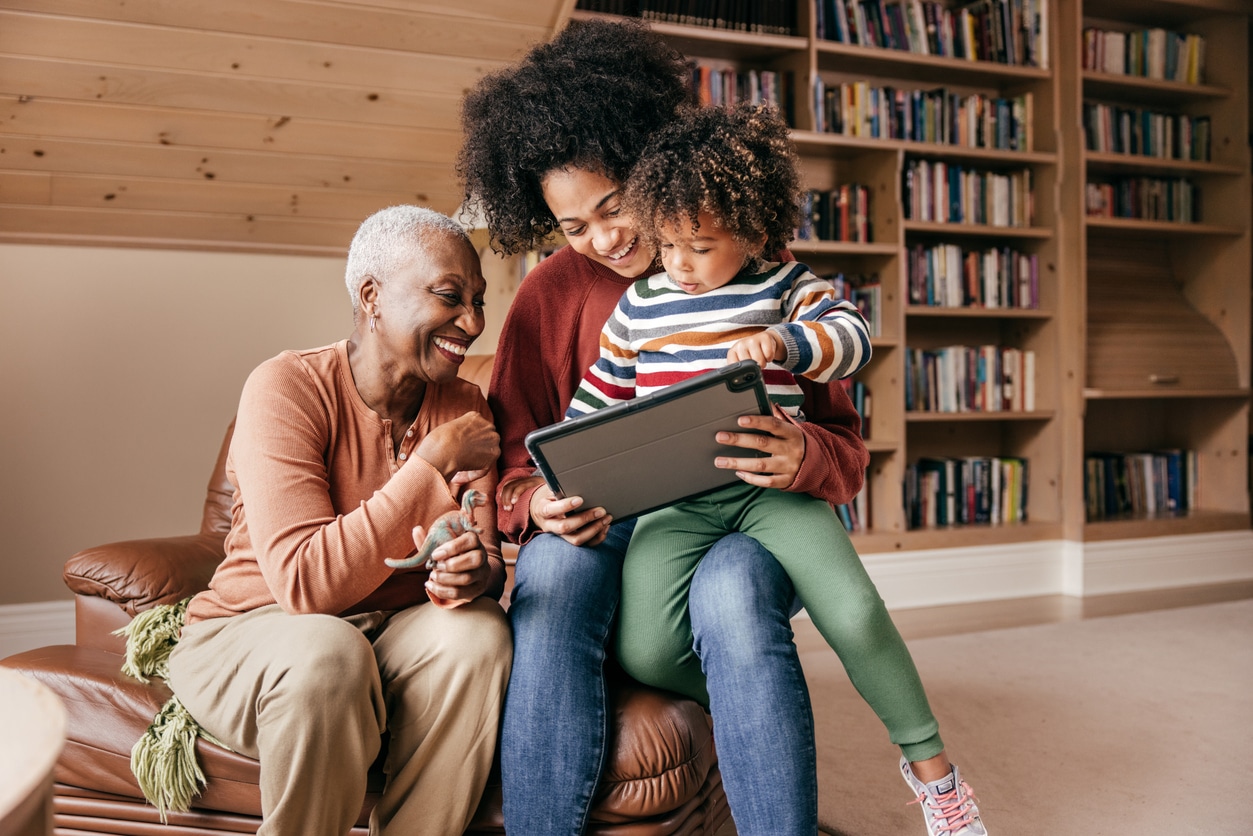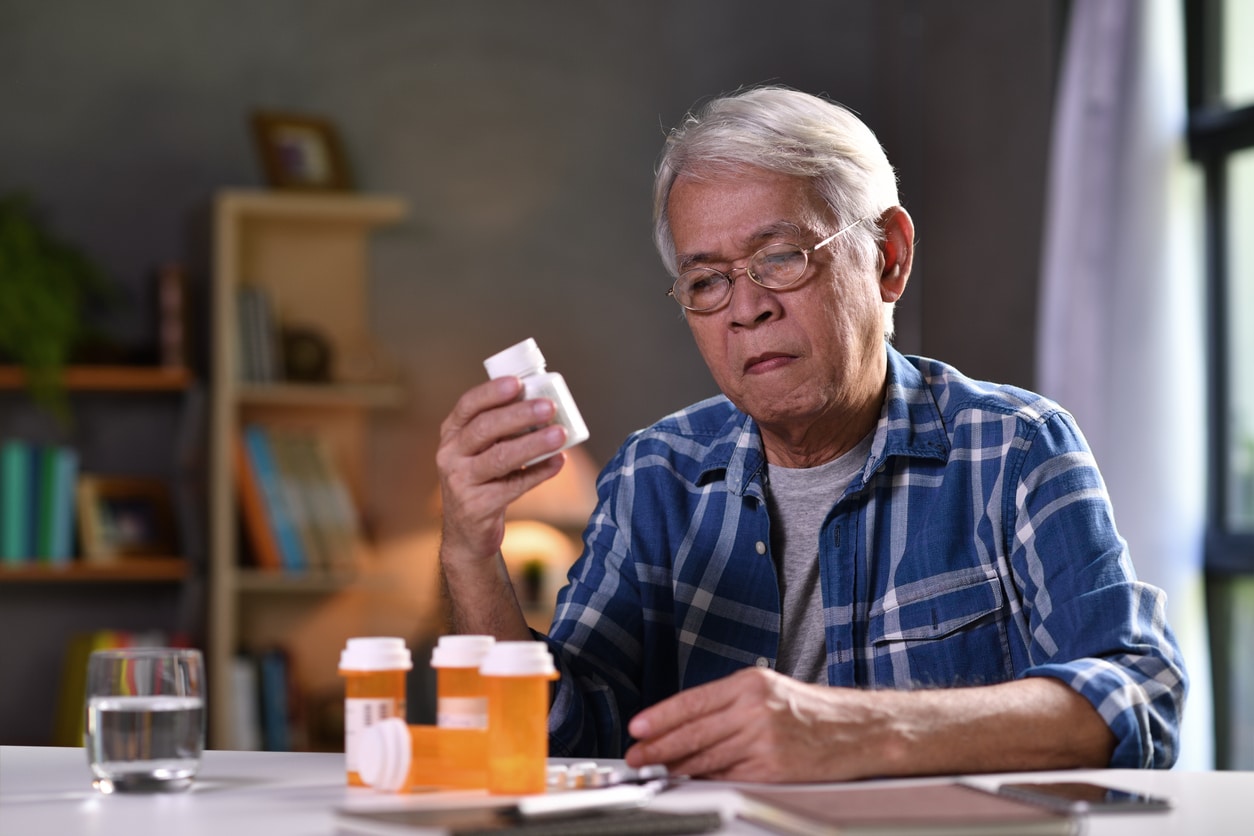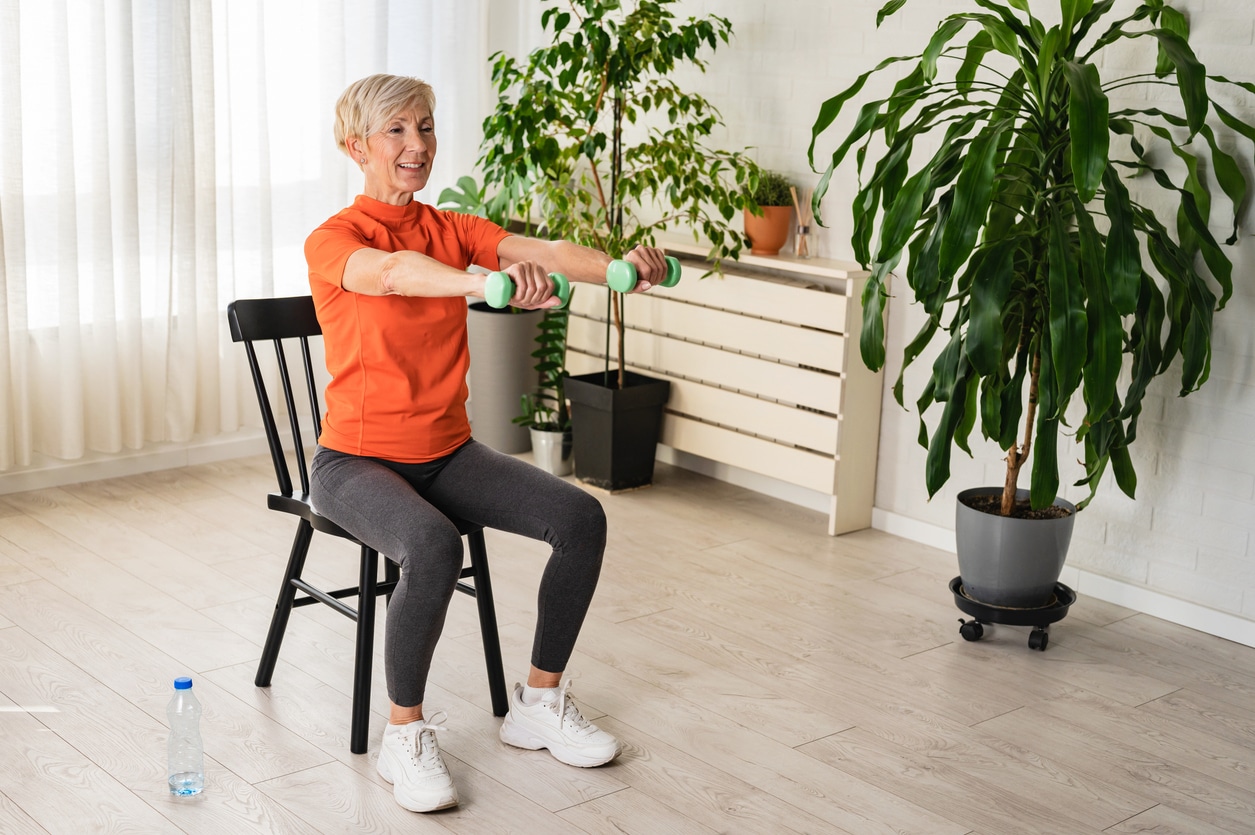If you have a loved one who depends on oxygen therapy at home, you’re probably familiar with the nasal cannula, the tubing, and maybe even the hum of the oxygen concentrator. But what happens when your senior comes to your home? For a short visit, little preparation is necessary. If your loved one will be visiting for several days, though, a little planning can make the trip safer and easier for both the senior and those in your household.
Ordering Equipment
The oxygen can be delivered in tanks, or an oxygen concentrator can filter the surrounding air and produce oxygen. Which option your loved one uses depends on many factors, but knowing ahead of time will help you prepare for her visit. Home oxygen concentrators are large and difficult to travel with, so your senior will most likely be using portable oxygen tanks or a portable concentrator. If this will be an extended stay, however, backup cylinders may be necessary.
If tanks will be used and refills or backups will be needed during the visit, you can have them delivered to your home. The National Heart, Lung, and Blood Institute recommends asking your loved one’s doctor about a local home equipment provider. Because oxygen requires a prescription, the doctor will need to be involved in the process anyway. Once the prescription has been sent to the provider, they can deliver tanks to your address.
It is also a good idea to talk to your loved one about her medical alert system if she has one. By calling her service provider, you can learn about options for her while she stays at your house, so that help is always available at the push of a button. If she doesn’t already use a service, this may be a good option to think about for an oxygen-dependent senior.
Taking Safety Precautions
Perhaps the biggest issue with having a visit from a friend or relative who depends on oxygen therapy is that the gas can be extremely flammable. The COPD Foundation offers several safety recommendations for homes with oxygen:
- Place “no smoking” signs on your front door, and make sure no one smokes in your home while there is oxygen on the premises. Also, limit the use of other open flames such as candles.
- Make sure there are at least eight feet around any heat source, to give your loved one space to safely maneuver his oxygen tank. This includes stoves, heaters, fireplaces, and grills.
- Use caution with cleaning products and avoid using paint thinner or other flammable chemicals while oxygen is in use.
- Make sure you have a fire extinguisher and that every member of the family knows how to use it.
- Check your smoke detector batteries and review your fire escape plan with your family.
- Notify your electric company that someone will be in your home with oxygen therapy. They make your home a “priority service listing,” meaning that your power will be restored quickly after an outage. It is also a good idea to notify the fire department that someone will be on oxygen therapy in your home.
By preparing your home in advance, you can make the visit much less stressful. Simple precautions can ensure that everyone is safe, and the oxygen won’t even be an issue. Instead, you will be free to spend quality time with your loved one.




